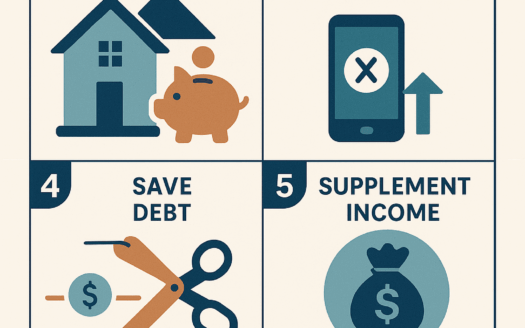Understanding the Impact of Federal Reserve Policies on Mortgage Rates

How Federal Reserve Rate Cuts Influence Mortgage Rates and Borrowers
Market Volatility and Federal Reserve Interventions
Recent headlines highlight extreme day-to-day fluctuations in U.S. financial markets, driven by massive federal stimulus efforts and the Federal Reserve’s decision to slash interest rates to zero. For those applying for mortgages, these developments raise important questions about how such actions affect borrowing costs.
The Role of the Fed Funds Rate
The Federal Reserve uses the Fed Funds Rate—the interest rate at which banks lend to each other—as a lever to stimulate or cool economic activity. Lowering this rate aims to incentivize borrowing and spending, often boosting stock markets and easing economic strain. However, despite the Fed’s recent rate cut to zero, financial markets remain volatile, suggesting the intended psychological and economic effects have not fully materialized.
How Rate Cuts Affect Consumer Debt
While the Fed’s actions may not have stabilized markets, they do reduce borrowing costs for certain types of consumer debt, including:
- Car loans
- Credit cards
- Home equity loans
Mortgage Rates and Market Dynamics
Mortgage rates are indirectly influenced by the Fed’s policies through mortgage-backed securities (MBS). These securities bundle mortgage loans into bonds traded by investors. Demand for MBS determines daily mortgage rate fluctuations:
- Higher demand for MBS drives rates down.
- Lower demand pushes rates up.
Typically, a lower Fed Funds Rate correlates with increased MBS demand and lower mortgage rates. However, current market instability has disrupted this pattern, leading to weaker-than-expected demand for MBS and less predictable rate behavior.
What This Means for Homebuyers and Homeowners
Despite recent volatility, mortgage rates remain near historic lows. For those considering purchasing a home or refinancing, this environment offers a rare opportunity to secure favorable terms. While rates are not at zero, they are exceptionally competitive, making this an ideal time to explore options.




